Dino Crisis: The Survival Horror Classic That Brought Jurassic Terror to the PlayStation 1 - Analysis
Welcome once again to another content of my authorship, I have been a little absent in recent days due to problems with my internet, but here I am again to continue sharing with you all content about the world of video games.
Today I bring you the analysis of one of the videogames that marked my childhood and that in the same way I got a lot of gray hairs with its puzzles. The game I will talk about today is Dino Crisis for the PlayStation 1. Get comfortable and let's start!
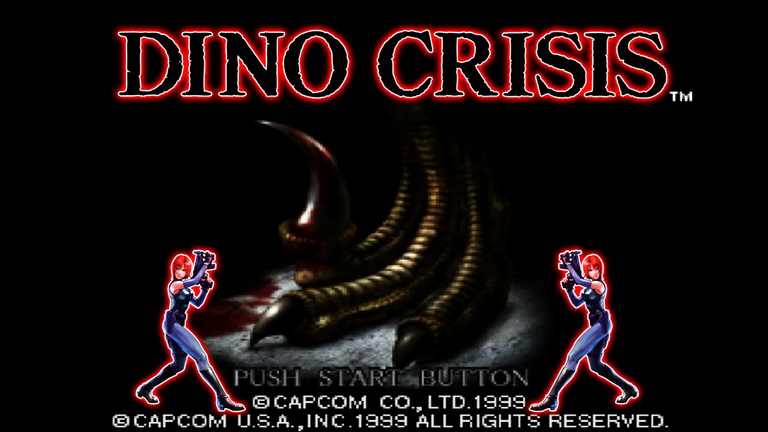
Dino Crisis is an action survival game developed by Capcom and released for the PlayStation 1 in 1999. Designed by Shinji Mikami, the same creator of the Resident Evil series, Dino Crisis shares many similarities with its spiritual sibling, but trades zombies for dinosaurs, offering a unique and terrifying experience.
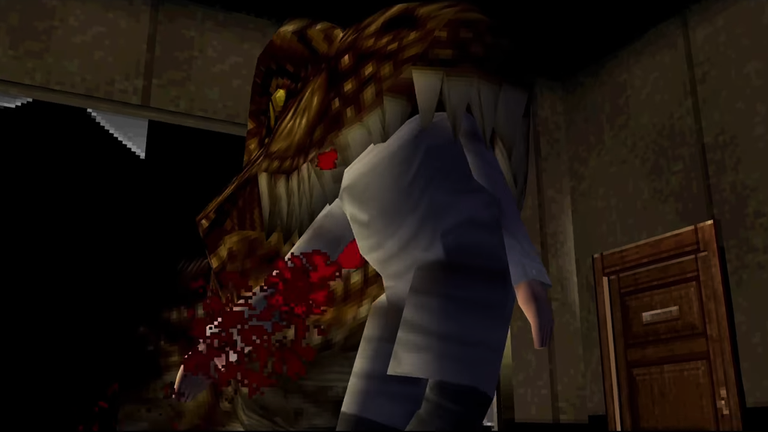
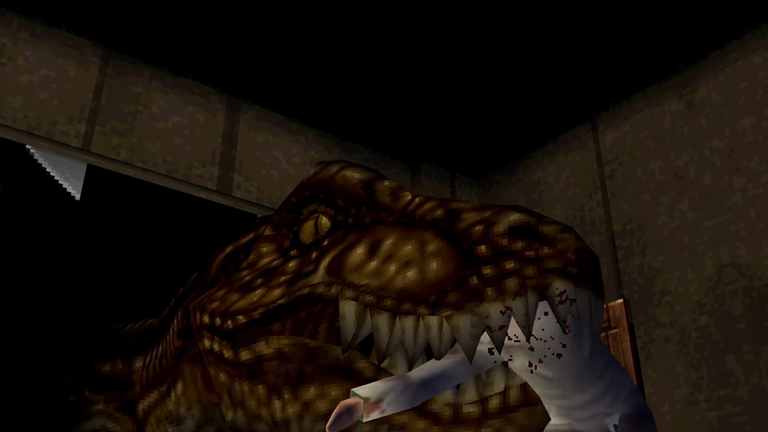
The plot of Dino Crisis follows Regina, a special agent sent with her team to a remote island to investigate a secret research facility where dangerous experiments are being conducted on dinosaurs. The team's primary mission is to capture Dr. Kirk, a scientist believed to be dead, but who is working on a project known as “Third Energy.” Upon arrival, they discover that the facility is infested with dinosaurs, and their mission quickly turns into a fight for survival.
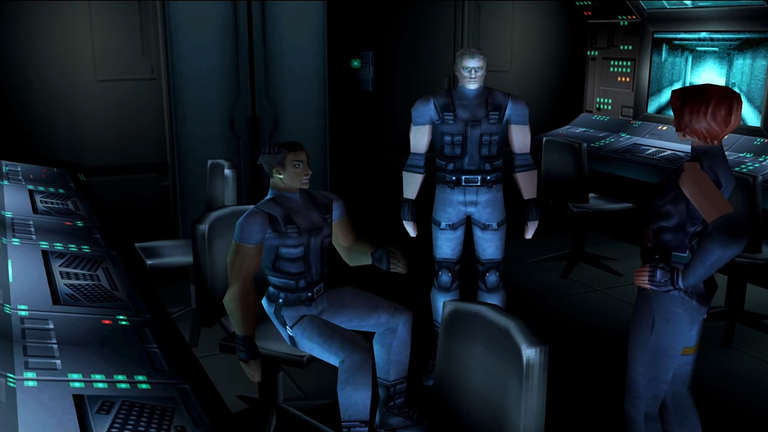
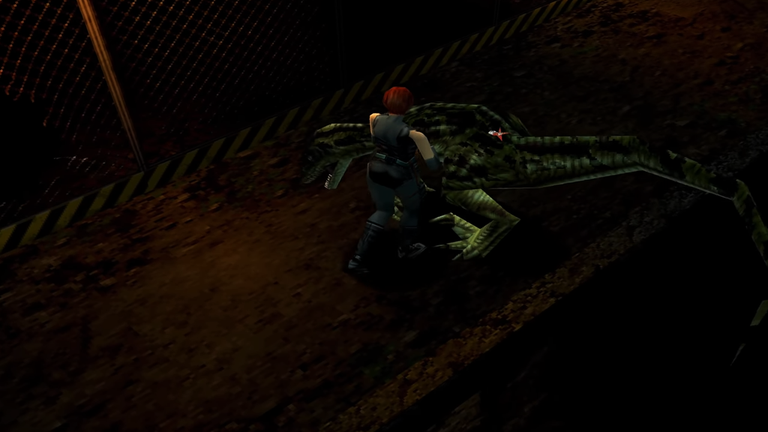
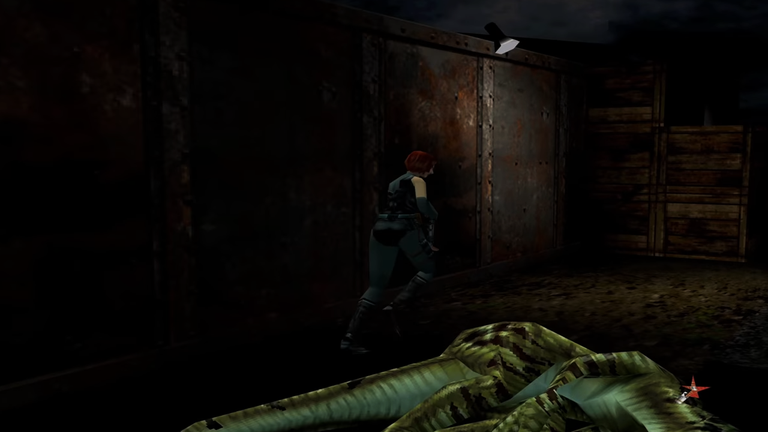
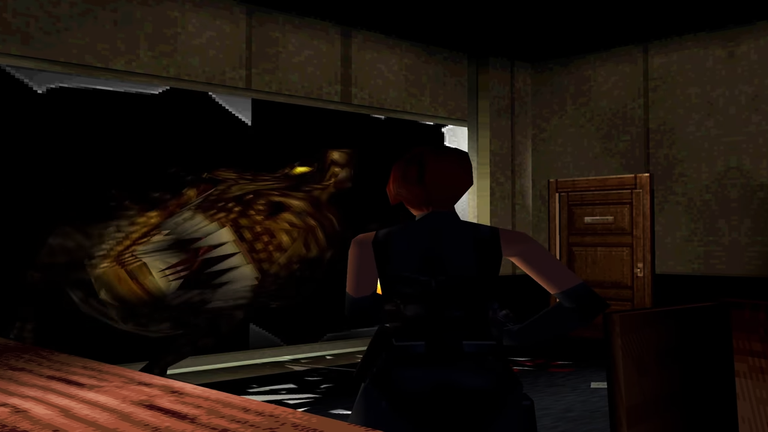
The game stands out for its tense narrative and suspenseful atmosphere. As you progress, you will come across documents and clues that explain the background of the experiments and the motives behind the dinosaurs' resurgence. The story unfolds through dialogue and cinematics, and maintains a pace that manages to keep the player constantly on edge. The decisions you make during the game can influence the ending, offering additional replayability.

Dino Crisis is based on survival horror mechanics similar to Resident Evil, but with some unique twists. The game focuses on managing resources, such as ammunition and medicine, and solving puzzles to advance. Dinosaurs, particularly velociraptors and the fearsome T-Rex, are fast and deadly enemies that require specific strategies to be defeated or avoided.
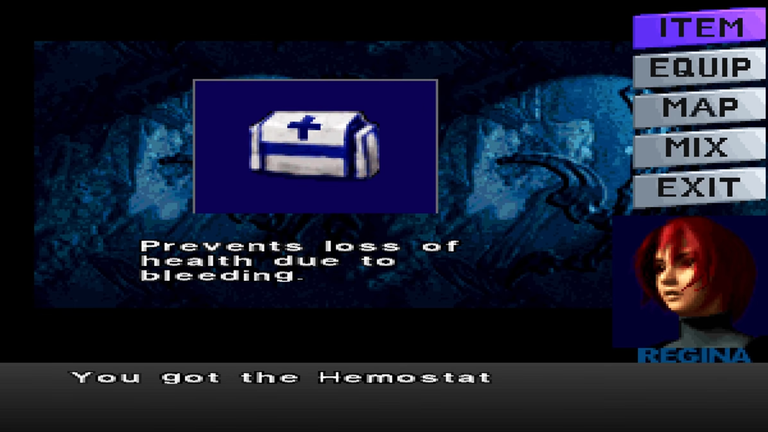
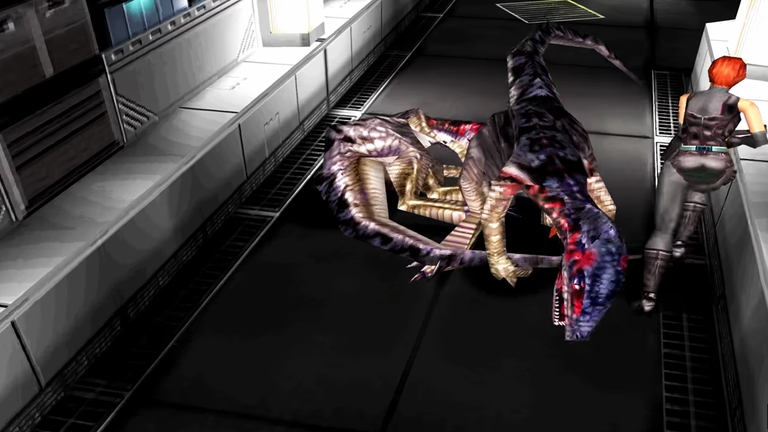
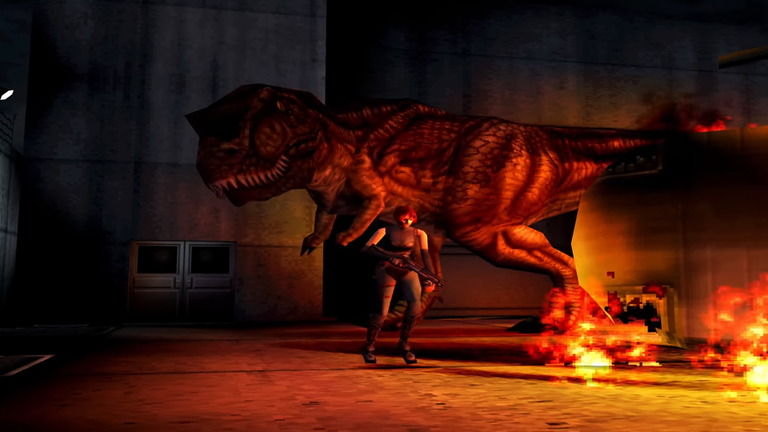
The game offers a mix of exploration and intense combat. Unlike zombies, dinosaurs are intelligent and fast enemies that can break doors, jump through windows and chase the player through various rooms, adding to the sense of constant danger. The tension is heightened by the need to manage supplies efficiently, as resources are limited and dinosaurs are difficult to kill.
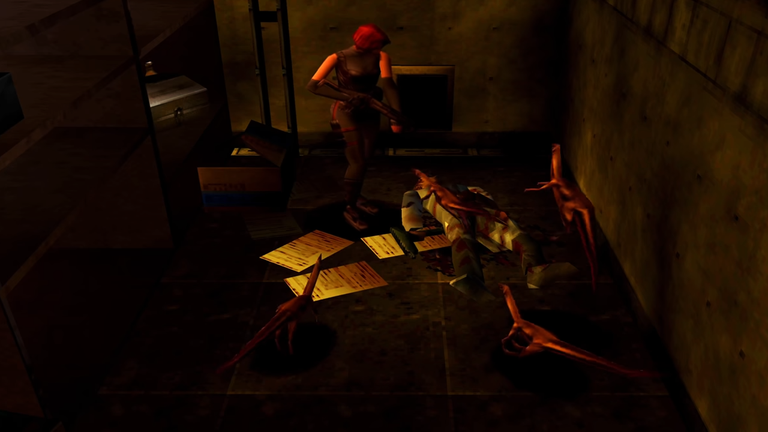
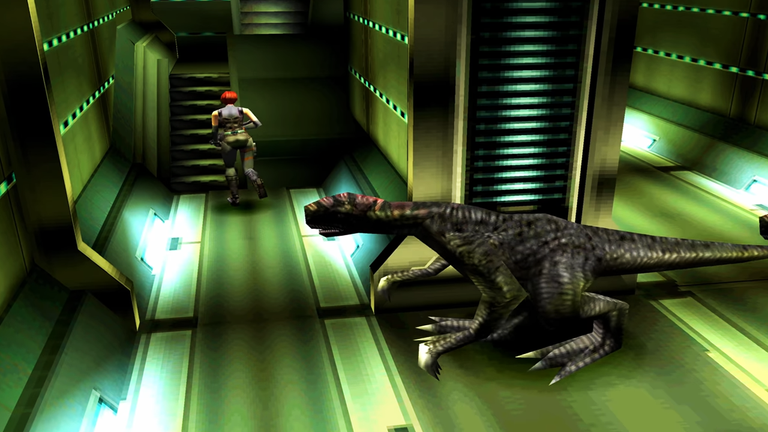
In addition, Dino Crisis introduces a decision system that affects the development of the plot and the paths players can take, adding a layer of depth to the experience. Solving puzzles is a crucial part of the game, and many of them are ingenious and require a good deal of logic and exploration.

Dino Crisis' controls are typical of survival games of the era, with a “tank” layout that may feel stiff to modern players. Regina's movements are controlled using the directional arrows, and turns and movements require precision that can be frustrating in intense combat situations.
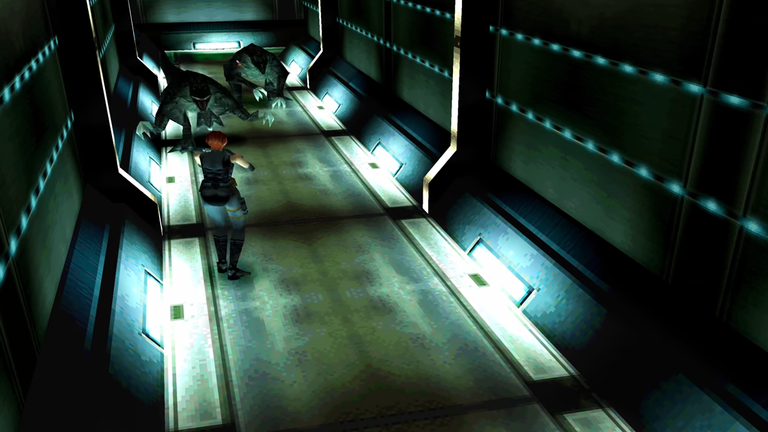
One feature that sets Dino Crisis apart, however, is its automatic aiming system, which makes confrontations with dinosaurs easier by allowing Regina to automatically aim at the nearest enemy. While this system makes combat a bit more manageable, the overall controls can feel dated and clunky, especially compared to today's controls.

For its time, Dino Crisis featured impressive graphics with a visual style that opted for fully 3D rendered environments, as opposed to the pre-rendered backgrounds used in Resident Evil. This allowed for greater immersion and a dynamism in the cameras that added greater tension to the action sequences.
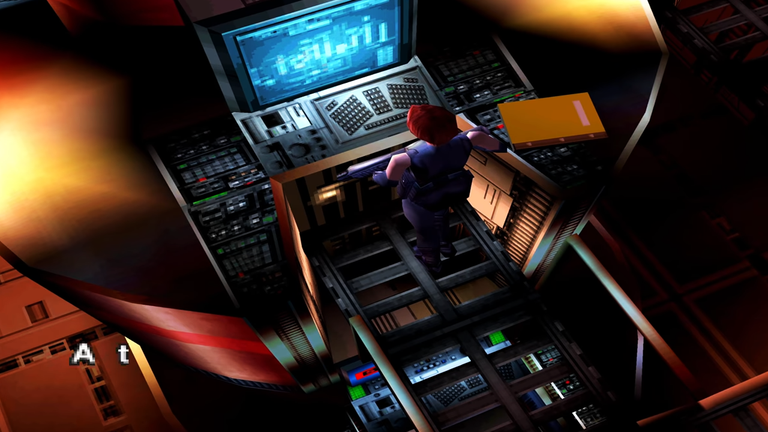
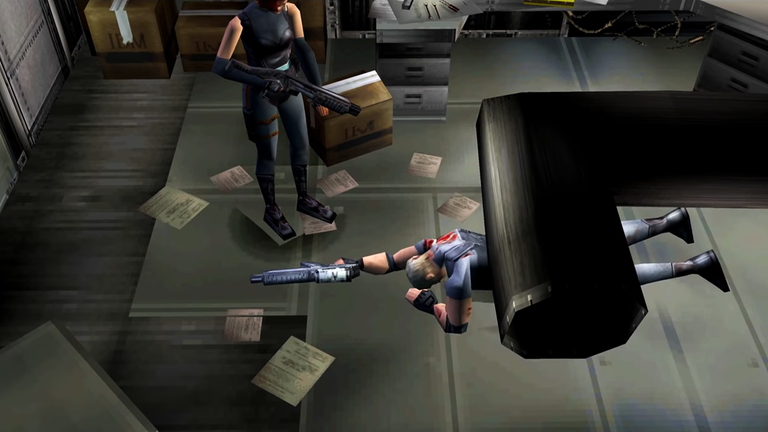
The dinosaur models are well detailed and animated, giving them an intimidating presence. However, the environments can feel somewhat basic and repetitive, especially compared to the more elaborate designs of other contemporary titles. Still, the use of light and shadow helps to create a tense and effective atmosphere.
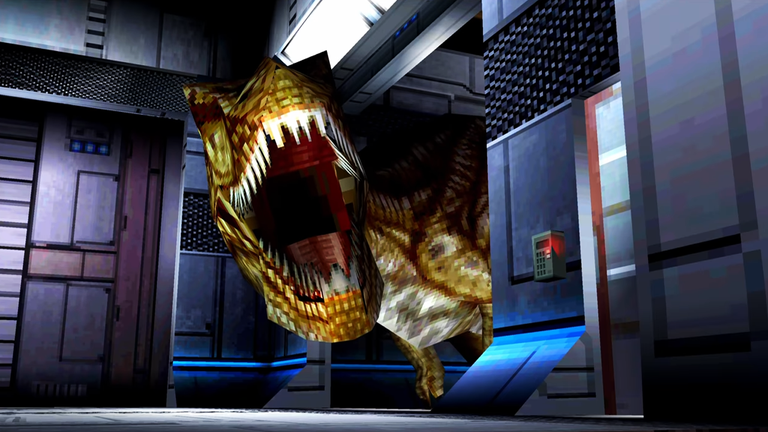
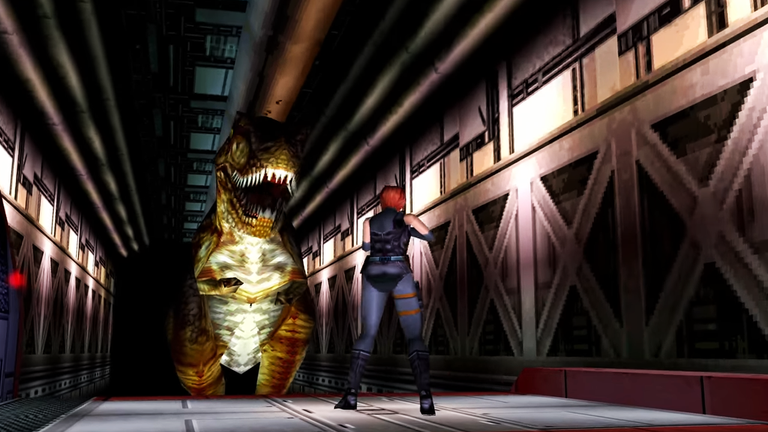

The sound design of Dino Crisis is one of its strongest points. The soundtrack uses ambient music to build an atmosphere of tension and suspense, with moments of silence that make the dinosaurs' roars and Regina's footsteps resonate with greater impact. The dinosaur sound effects, especially the roars and attack sounds, are realistic and add to the sense of danger.
The dubbing of the characters is functional, although at times it can sound somewhat flat or unnatural, a common occurrence in games of the era. Nevertheless, the dialogues help to develop the story and keep the player immersed in the plot.

Dino Crisis is a classic of the survival horror genre that stands out for its tense atmosphere and innovative inclusion of dinosaurs as the main enemies. While its controls can feel stiff and the graphics show the game's age, the intriguing narrative and clever enemy design make it a memorable experience.
For fans of survival games and Resident Evil fans, Dino Crisis offers a fresh and challenging proposition that deserves to be played, if only to experience how Capcom managed to translate suspense and horror to a completely new and dangerous setting.
In conclusion, Dino Crisis is a testament to Capcom's ability to innovate within the survival horror genre, providing an experience that, despite its technical limitations, remains enjoyable and exciting even decades after its release.

Thanks for visiting and reading my content, see you soon!
The image used on the cover can be found “HERE” (Free to use).

0
0
0.000
0 comments